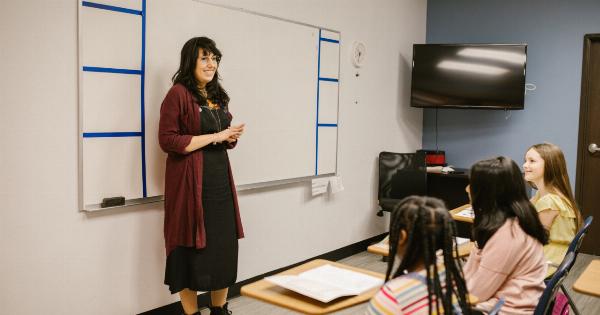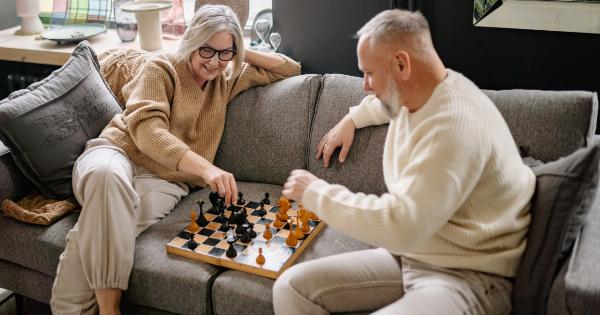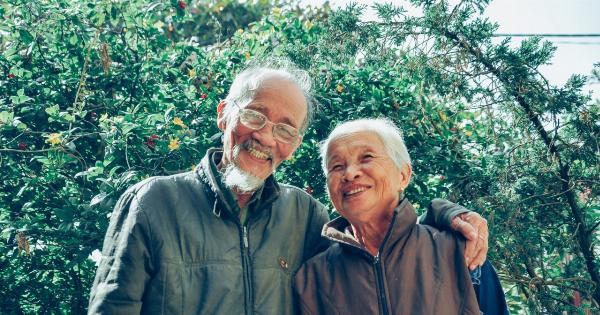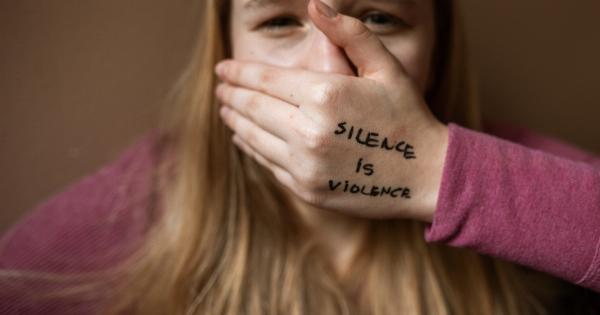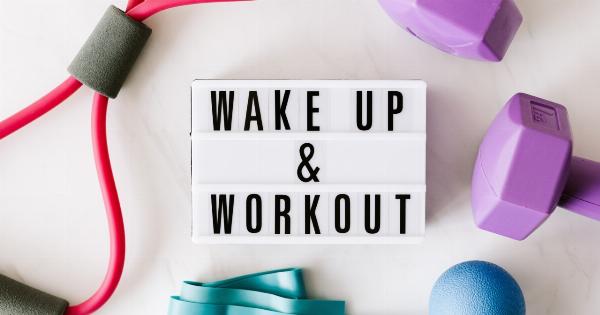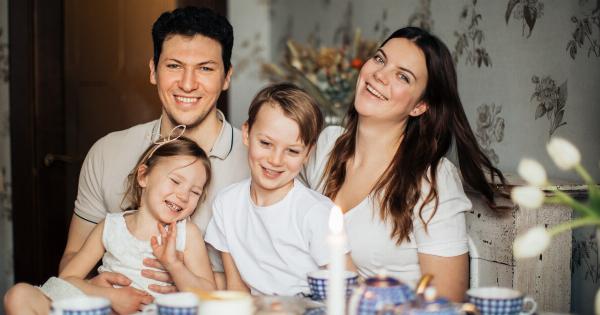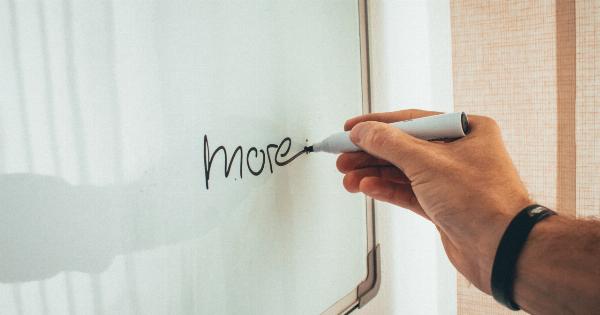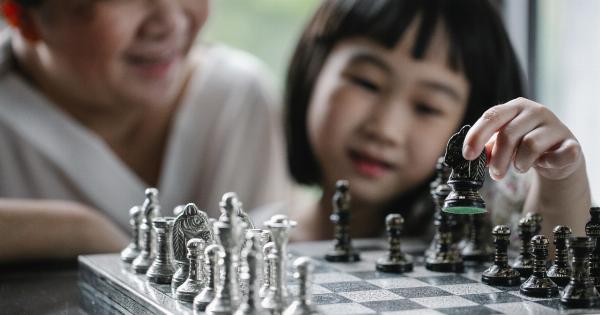In today’s fast-paced and stressful world, it is not uncommon for people to turn to emotional consumption as a means of coping with their emotions.
Emotional consumption refers to the act of using material possessions or experiences to seek comfort, happiness, or distraction from negative emotions.
This cycle of emotional consumption can be a vicious one, as it often leads to increased feelings of emptiness, guilt, and dissatisfaction.
In this article, we will break down the cycle of emotional consumption, explore its causes, effects, and provide strategies to break free from its grip.
Understanding Emotional Consumption
Emotional consumption can take many forms, such as retail therapy, binge-watching TV shows, excessive eating, or even substance abuse.
These behaviors provide a temporary sense of relief and pleasure, but they do not address the underlying causes of negative emotions.
One of the main reasons why people engage in emotional consumption is the belief that it will bring them happiness. Society bombards us with messages that material possessions and experiences will make us happy, successful, and fulfilled.
This constant messaging can create a cycle of always wanting more and never feeling satisfied.
The Cycle of Emotional Consumption
The cycle of emotional consumption typically follows a pattern:.
Trigger
Something triggers a negative emotion, such as stress, sadness, or loneliness. This trigger sets off a craving for comfort or distraction.
Consumption
The individual turns to emotional consumption as a means of finding relief. They may indulge in shopping, eating, or other behaviors that provide temporary pleasure.
Euphoria
During the consumption phase, the individual experiences a temporary sense of euphoria. The pleasure and distraction from negative emotions provide a momentary high.
Guilt and Disappointment
Once the euphoria wears off, the individual is often left with feelings of guilt, disappointment, and emptiness. They may regret their actions and feel remorse for not addressing the root causes of their negative emotions.
Return to Trigger
As the negative emotions resurface, the cycle repeats itself. The temporary relief provided by emotional consumption fades, and the individual seeks comfort or distraction once again.
Breaking the Cycle
Breaking the cycle of emotional consumption requires a combination of self-awareness, self-reflection, and healthy coping mechanisms. Here are some strategies to help you break free:.
Identify Triggers
Recognize the triggers that lead to emotional consumption. Is it stress from work, relationship issues, or boredom? Identifying these triggers can help you find healthier ways to cope.
Develop Emotional Intelligence
Emotional intelligence refers to the ability to recognize, understand, and manage your own emotions. Developing emotional intelligence can help you address the root causes of your negative emotions and find healthier ways to cope.
Practice Mindfulness
Mindfulness involves being fully present in the moment and non-judgmentally observing your thoughts, emotions, and sensations.
By practicing mindfulness, you can become more aware of your tendencies towards emotional consumption and choose alternative responses.
Seek Support
Reach out to a trusted friend, family member, or therapist for support. Talking about your emotions and struggles can provide insight, guidance, and perspective.
Cultivate Meaningful Connections
Build and nurture meaningful relationships with others. Meaningful connections can provide a sense of fulfillment, support, and companionship, reducing the need for emotional consumption.
Engage in Self-Care
Prioritize self-care activities that nourish your body, mind, and soul. This can include exercise, adequate sleep, healthy eating, engaging in hobbies, and practicing relaxation techniques.
Set Goals and Find Purpose
Set meaningful goals and identify your values and purpose in life. Having a sense of direction and purpose can fill the void often filled by emotional consumption.
Practice Gratitude
Cultivate a sense of gratitude and appreciation for the present moment and the things you already have. Gratitude can shift your focus from what you lack to what you have, reducing the desire for excessive consumption.
Embrace Minimalism
Consider adopting a minimalist lifestyle, focusing on quality over quantity. Simplifying your life and reducing clutter can bring a sense of calm and contentment, breaking the cycle of always wanting more.
Conclusion
The cycle of emotional consumption is a trap that many individuals fall into as a means of coping with negative emotions. However, it only provides temporary relief and often leads to feelings of guilt, disappointment, and emptiness.
By breaking free from this cycle and adopting healthier coping mechanisms, such as self-care, mindfulness, and building meaningful connections, individuals can find true and lasting happiness.




